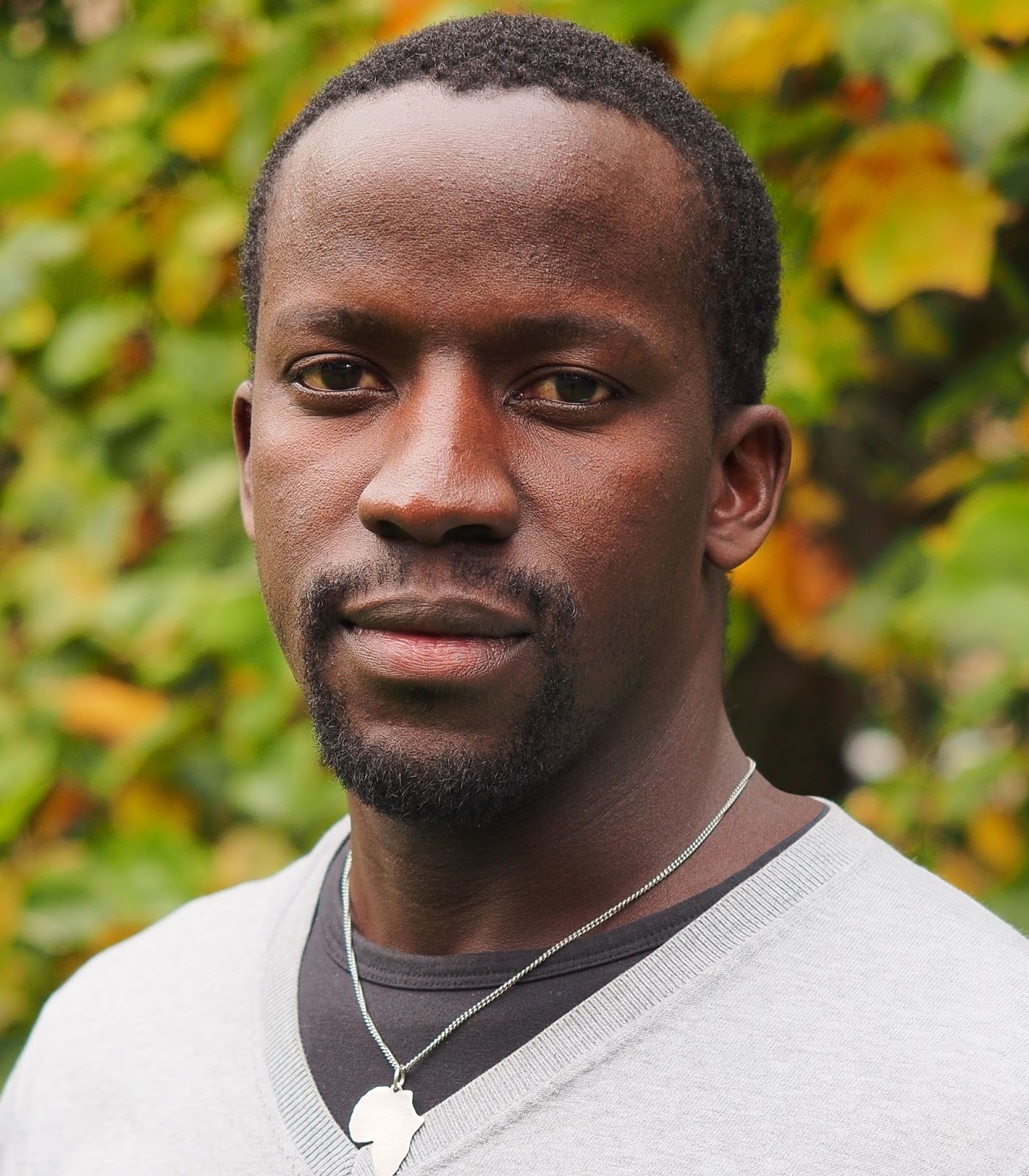Language acquisition in cross-linguistic context: how can we increase language coverage?
Posted on 12 May 2021

On 6 May 2021, Dr Serge Sagna, Research Fellow (Assistant Professor) in Language Acquisition and Morphology (Department of Language and Linguistic Science), participated as a guest speaker to the round table entitled 'Language acquisition in cross-linguistic context: how can we increase language coverage?'.
The event was hosted on The Institute for rare languages of EPHE-PSL (ILARA)’s Youtube Channel. The aim of the Institute is to build a bridge between the study of ancient languages (documented only in writing), and of those languages which possess an extant oral tradition (the documentation of these latter thus includes an audio-visual dimension).
Round Table: Language acquisition in cross-linguistic context: how can we increase language coverage?
Diversity is a key characteristic of human cultures and languages: children grow up in diverse socio-cultural settings around the world where they acquire one or more of the world’s 7000 or so languages, each presenting them with different challenges and opportunities for learning. Our theories of learning must thus be able to explain how children can learn any of these languages in any of these settings. But despite a proud history of crosslinguistic research, we only have acquisition data covering 1-2% of the world’s languages, with most of our knowledge coming from a very small number of major Western languages. In our panel discussion, we address the consequences of this empirical bias and explore the possibilities of extending acquisition research to more and varied languages. Throughout the discussion, we illustrate some of the attested diversity with examples from languages such as Eegimaa, Inuktitut, Murrinhpatha, Pitjantjatjara and Qaqet.
Dr Sagna’s field of research is primarily the nominal classification systems with focus on morphosyntax and semantics of noun class systems of the Niger‑Congo type. For the event he presented aspects of the 'Matches and Mismatches project' based at the University of York, and stressed the importance of including multilingual language acquisition in first language research.
“This was a great opportunity to share ideas with leading scholars on how research in language documentation can contribute cross-linguistic data for the study of first language acquisition.” - Dr. Serge Sagna, Dept. of Language and Linguistic Science
To watch a recording of the round table discussion: Language acquisition in crosslinguistic context: How can we increase language coverage?
